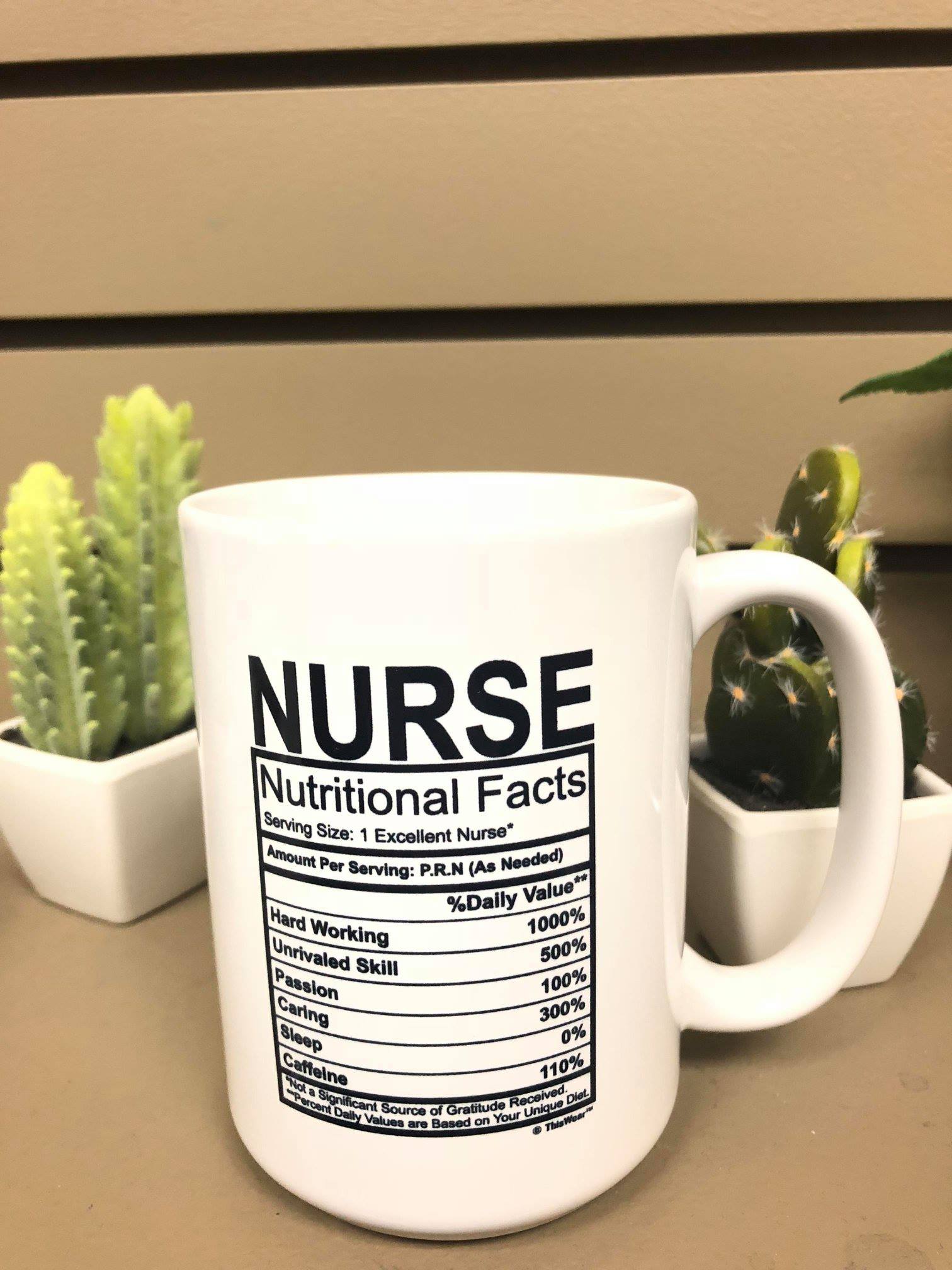Back-to-school season represents the end of summer vacation. It also brings new challenges that frequently cause stress for individuals of all ages.
Fortunately, there are lots of ways to stay calm, cool and collected during back-to-school season, including:
Identify and Address the Signs of Stress
This back-to-school season, keep an eye out for any signs of stress. That way, an individual can alleviate stress before it gets out of hand.
Remember, stress comes in a variety of forms. These include:
- Behavioral Changes: Forgetfulness, insomnia, temper tantrums and other behavioral changes are common signs of stress.
- Emotional Issues: Mood swings, low self-esteem and other emotional problems are often related to stress.
- Physical Problems: Fatigue, headaches and other physical issues may be linked to stress.
- Psychological Problems: Anxiety, depression and other physiological problems may occur due to stress.
Back-to-school stress may happen due to one or more of the aforementioned factors. For those who are struggling with back-to-school stress, it may be beneficial to discuss their concerns and questions with a loved one. Consulting with a doctor also may be helpful, as this medical professional can help a patient develop a successful stress management strategy.
Get Plenty of Sleep
Let’s face it – back-to-school season may lead to restless nights. Yet there are several things a person can do to make a good night’s sleep a regular occurrence. These include:
- Avoid Caffeinated Beverages Close to Bedtime: Caffeine stimulates the nervous system, which may make it tough for the body to relax at night. As such, people should avoid consuming coffee, tea and other caffeinated beverages in the late-afternoon and evening.
- Create a Comfortable Bedroom: A bedroom’s setup should be conducive to a good night’s sleep. Therefore, it is important to remove any bright lights and minimize external noise in a bedroom that otherwise can interfere with a person’s ability to enjoy restful sleep.
- Relax Before Bedtime: Scrolling through social media websites, texting on a smartphone or tablet or playing video games before bedtime often stimulates the mind. On the other hand, reading a book, taking a hot bath or using other relaxation methods may help a person calm down and get the Zzz’s that he or she needs at bedtime.
The National Sleep Foundation (NSF) recommends children between the ages of 6 and 13 get between nine and 11 hours of sleep each night. Comparatively, the NSF recommends kids between the ages of 14 and 17 get between eight and 10 hours of sleep and adults get seven to nine hours of sleep. If a person follows the NSF’s sleep guidelines, he or she could enjoy sufficient sleep every night and put back-to-school stress to rest.
Exercise Regularly
There is a direct correlation between exercise and stress reduction. In fact, exercise delivers a number of stress-relieving benefits, and these include:
- Increased Endorphin Production: Exercise boosts the production of endorphins, i.e. the brain’s feel-good neurotransmitters. Thus, even taking a few minutes to walk, play and enjoy other physical activities may help a person instantly increase his or her endorphin levels.
- Reduced Tension: Exercise may help a person take his or her mind off of back-to-school season stress. Therefore, those who are struggling with the hustle-and-bustle of the back-to-school season can exercise to simultaneously take a break from their everyday activities and minimize tension.
- Enhanced Mood: Exercise helps a person improve his or her mood. It also helps reduce the risk of anxiety, depression and insomnia – all of which may affect parents and kids more frequently during the back-to-school season.
As the summer comes to an end and the hot temperatures subside, now may be the perfect time to get into a regular exercise routine. With an exercise regimen in place, parents and kids may be better equipped than ever before to stay active and manage back-to-school stress.
Maintain a Healthy Diet
The foods a person eats every day can have far-flung effects on his or her stress levels. If an individual prioritizes his or her diet during back-to-school season, he or she may be able to eat healthy and limit stress throughout the school year.
Many foods have been shown to help individuals combat stress. These foods include:
- Avocados: Packed with omega-3 fatty acids, avocados have been shown to help people minimize stress, as well as improve mood and bolster concentration.
- Fish: Like avocados, fish is loaded with omega-3 fatty acids that help people reduce stress.
- Milk: Drinking a glass of warm milk before bedtime has a relaxing effect on the body. Also, the calcium and vitamin D in milk often helps stabilize a person’s mood and relax the muscles.
Additionally, those who want to embark on dietary changes to alleviate back-to-school stress may want to consult with a doctor. By doing so, an individual can receive the support that he or she needs to develop and maintain a healthy diet both now and in the future.
Schedule a Sports Physical
Back-to-school season means youth sports are kicking off for many kids across the United States. Approximately 38 million kids participate in organized youth sports, according to the U.S. Centers for Disease Control and Prevention (CDC). However, there is always a risk that a child will get hurt or sick during an organized sports activity. Yet parents who take a proactive approach to sports physicals can help their kids prepare accordingly.
A sports physical enables parents to determine if it is safe for a child to participate in a particular sport. During the evaluation, a doctor learns about a child’s medical history and performs a physical examination. If a doctor still has questions about a child’s well-being after the assessment, he or she may then request a follow-up exam or additional tests.
For parents or kids who are worried about sports injuries, the La Peer Health Systems team can help. Our expert outpatient care physicians learn about each patient and provide him or her with a personalized treatment plan. They next will work with a patient to put his or her treatment plan into action and ensure this individual can achieve the optimal results.
Schedule a Consultation with the La Peer Team Today
When it comes to receiving comprehensive medical treatment, there is no need to stress. At La Peer, our outpatient care physicians diagnose and treat a wide range of medical conditions – everything from bunions to osteoarthritis. Plus, our physicians dedicate the necessary time and resources to educate patients about various medical conditions and help them make informed treatment decisions. To find out more, please contact us today at 855.360.9119 to schedule a consultation with one of our physicians.










